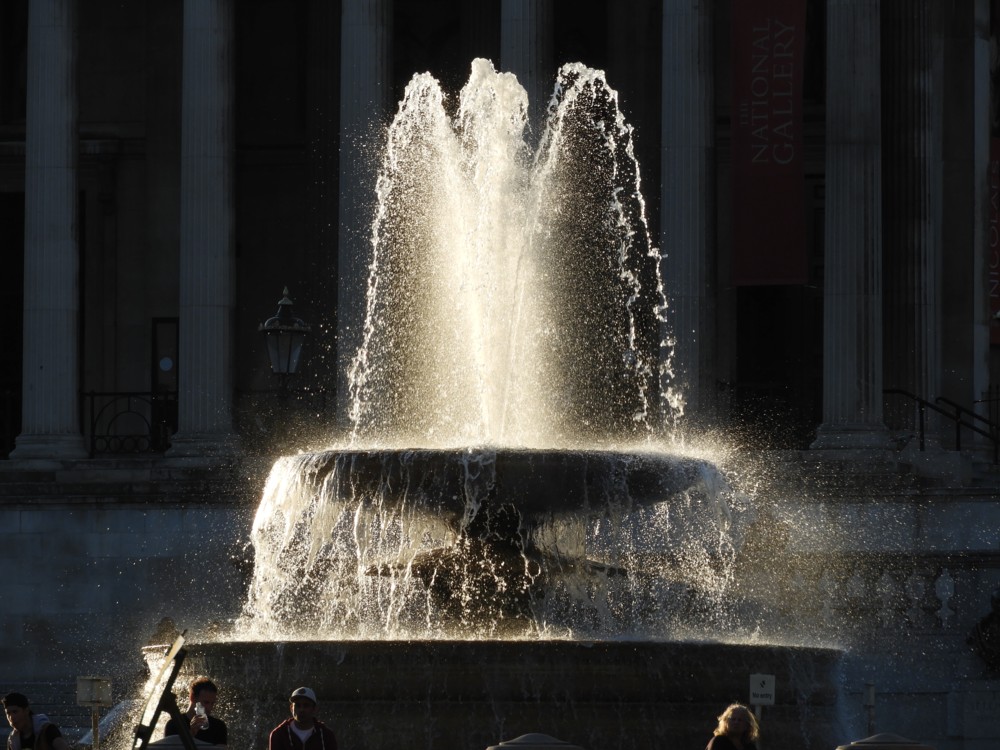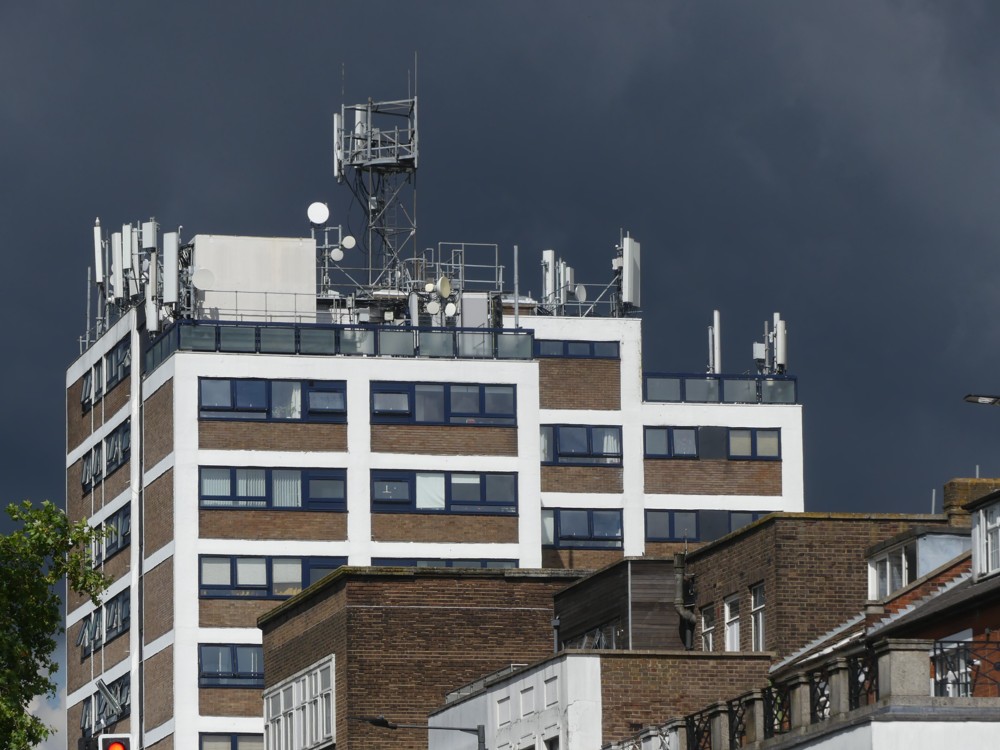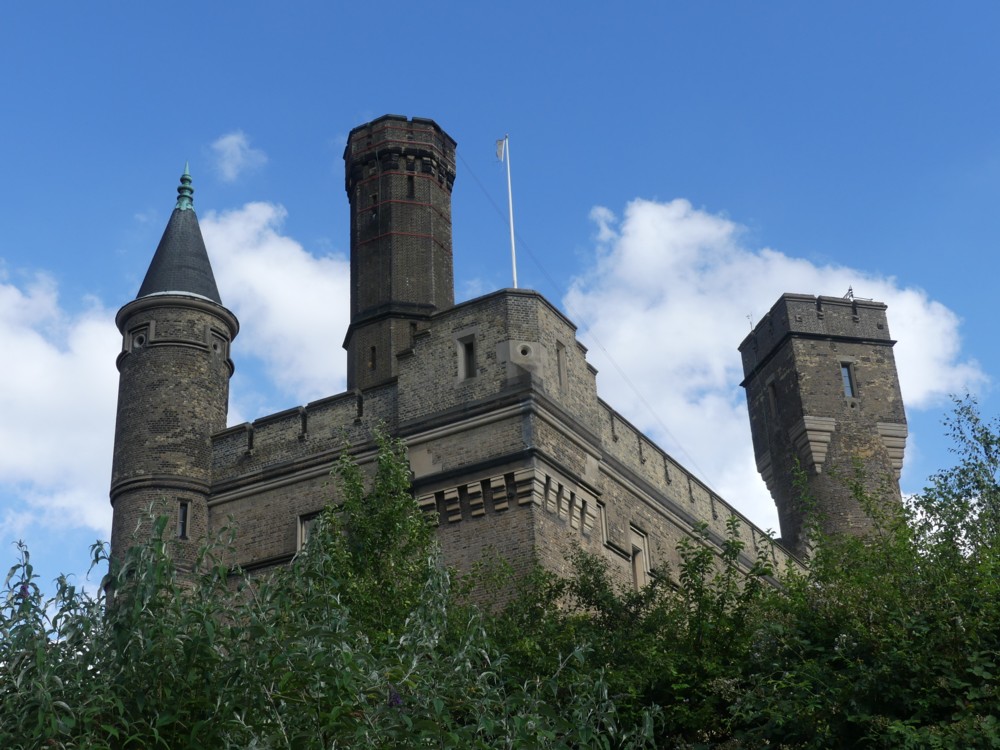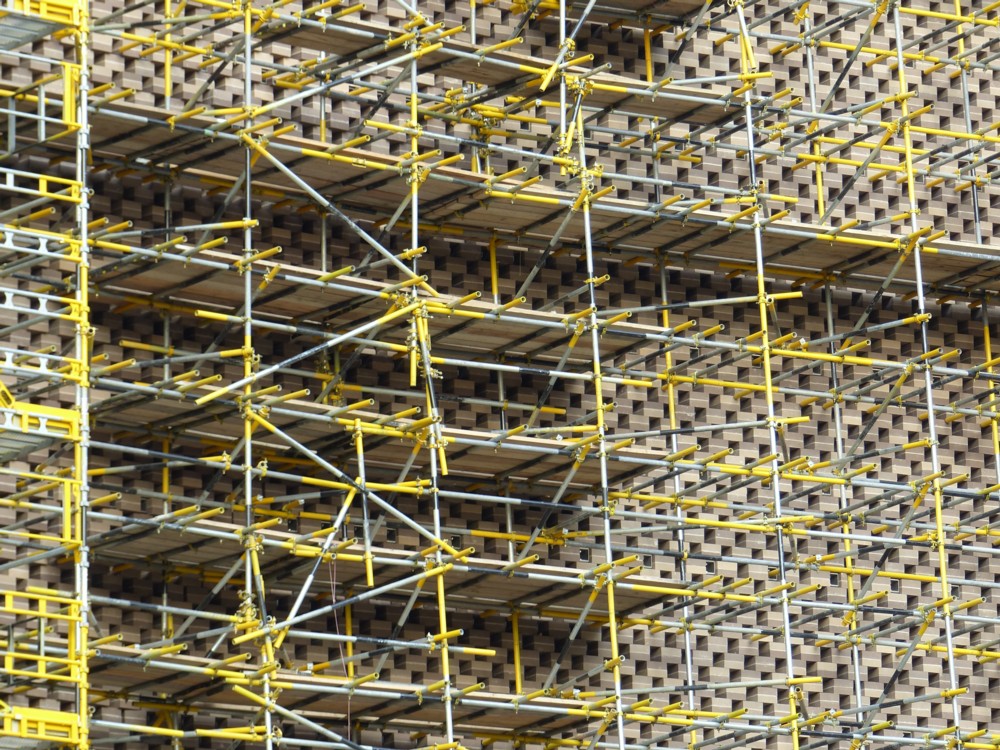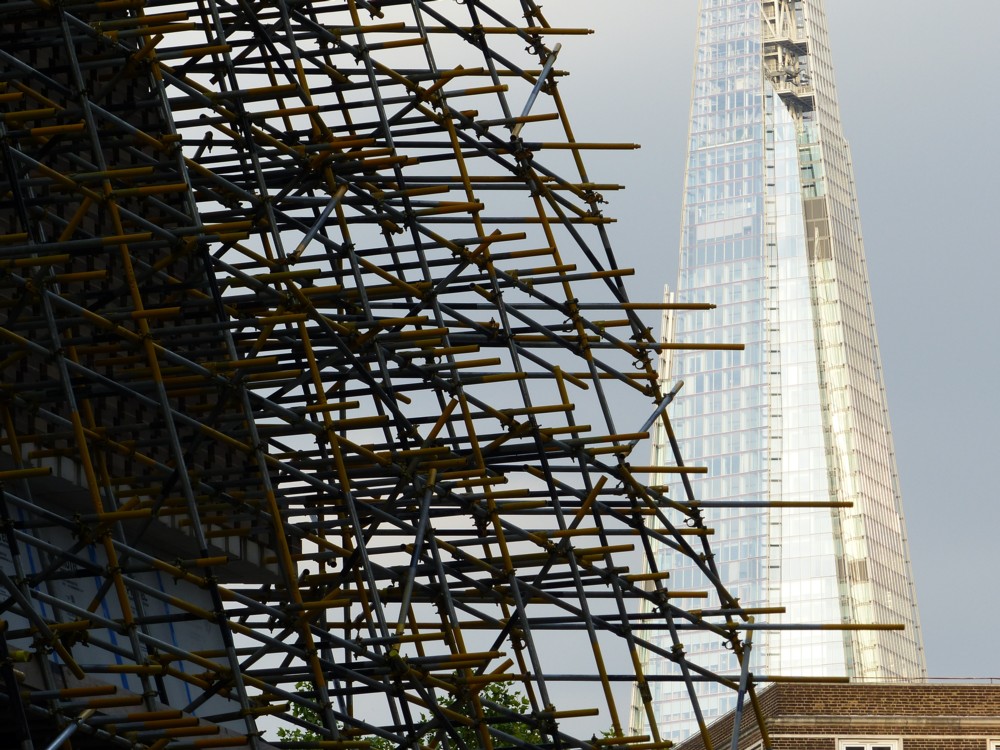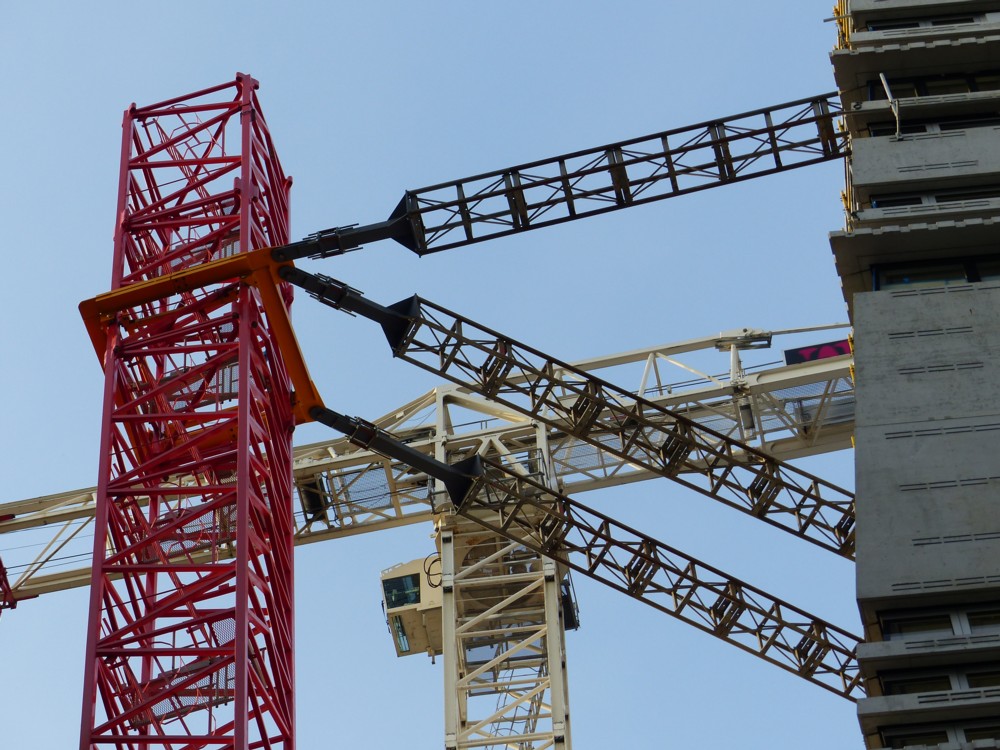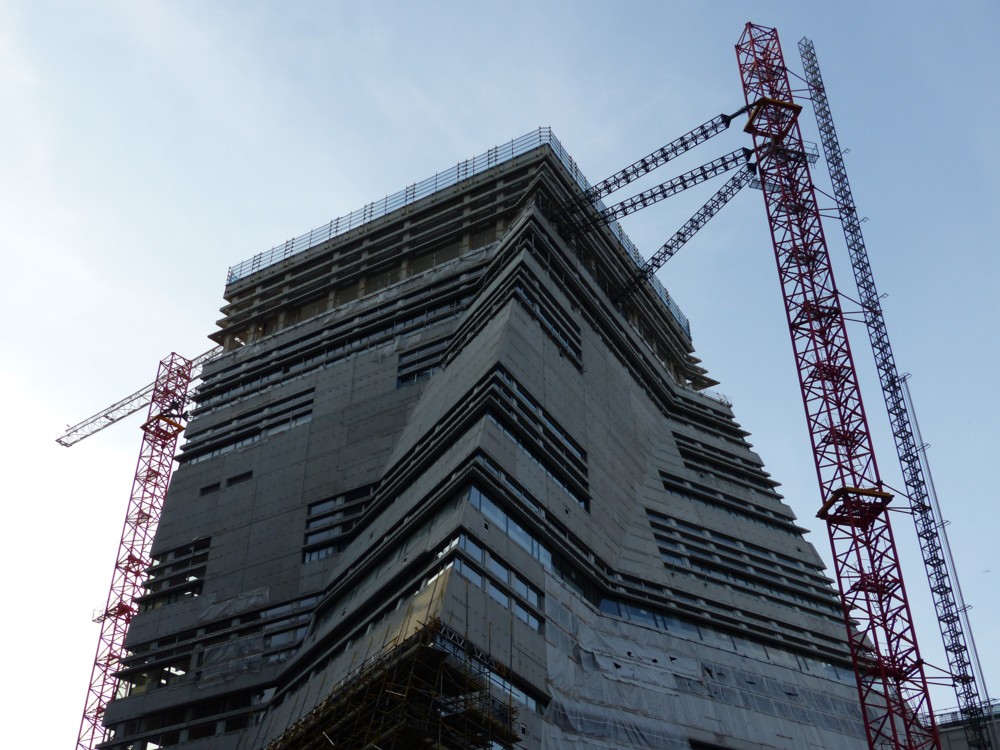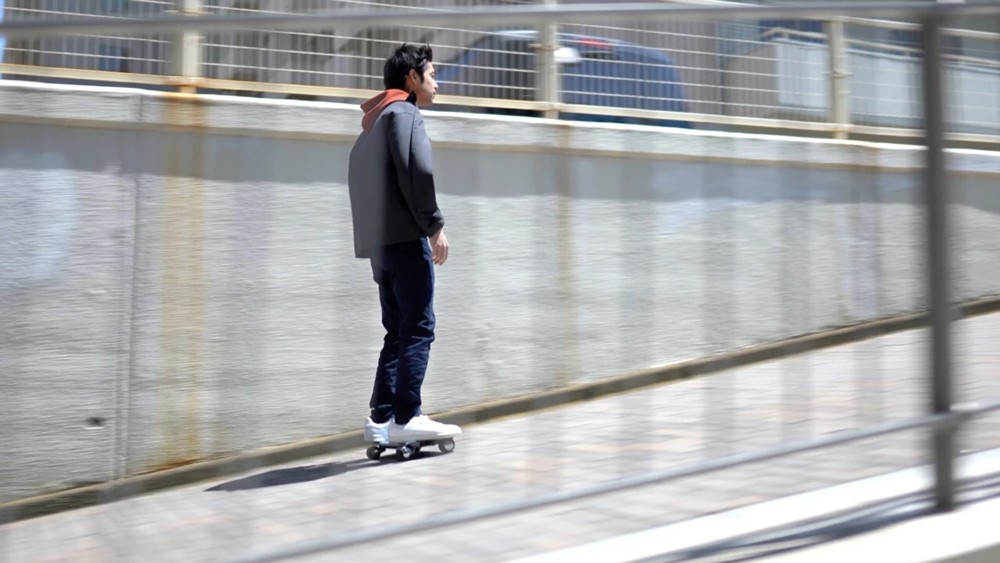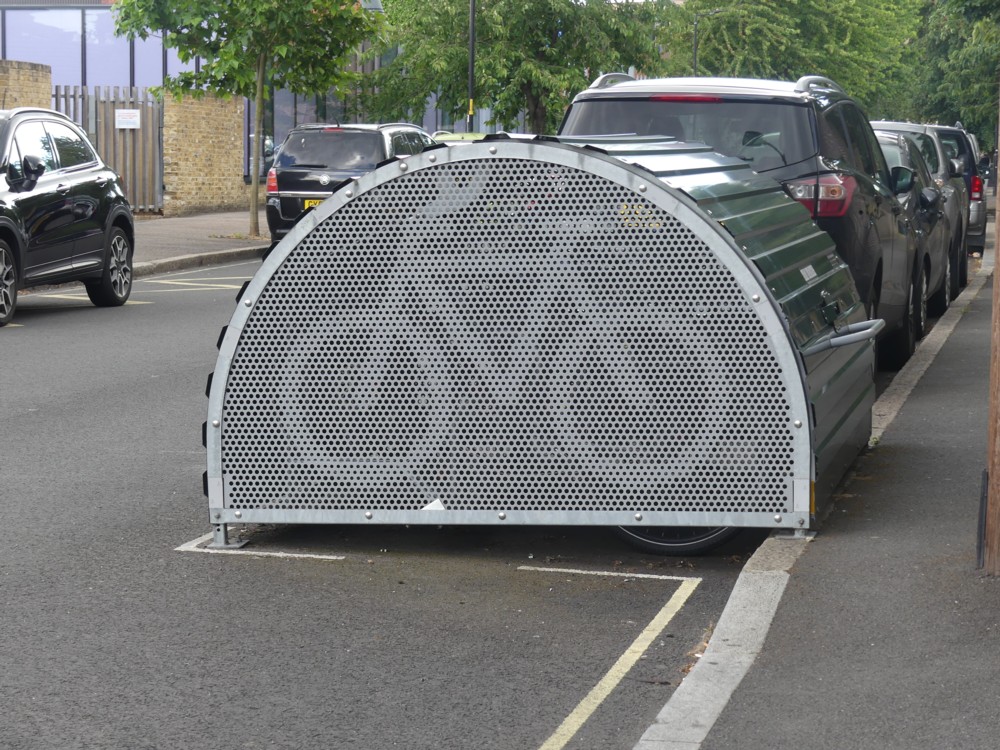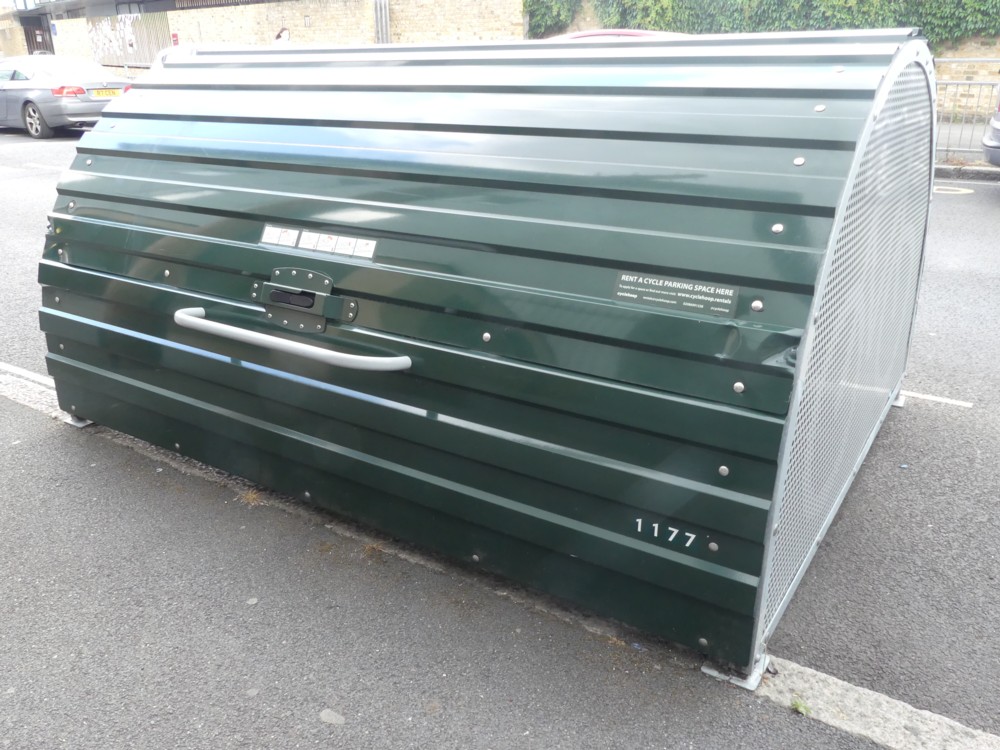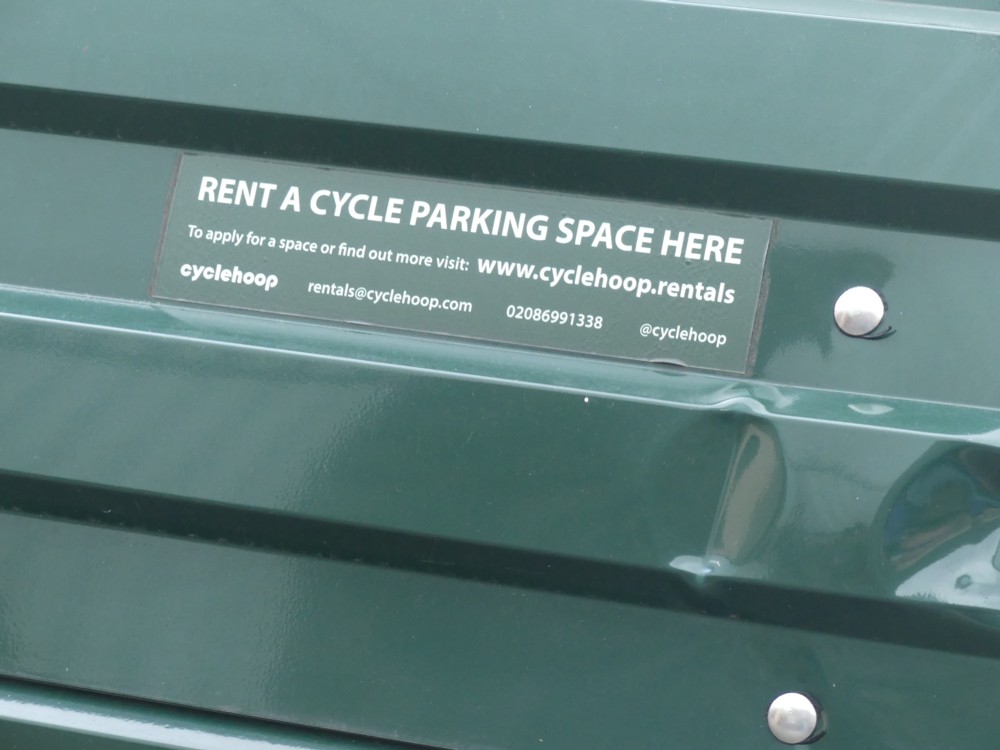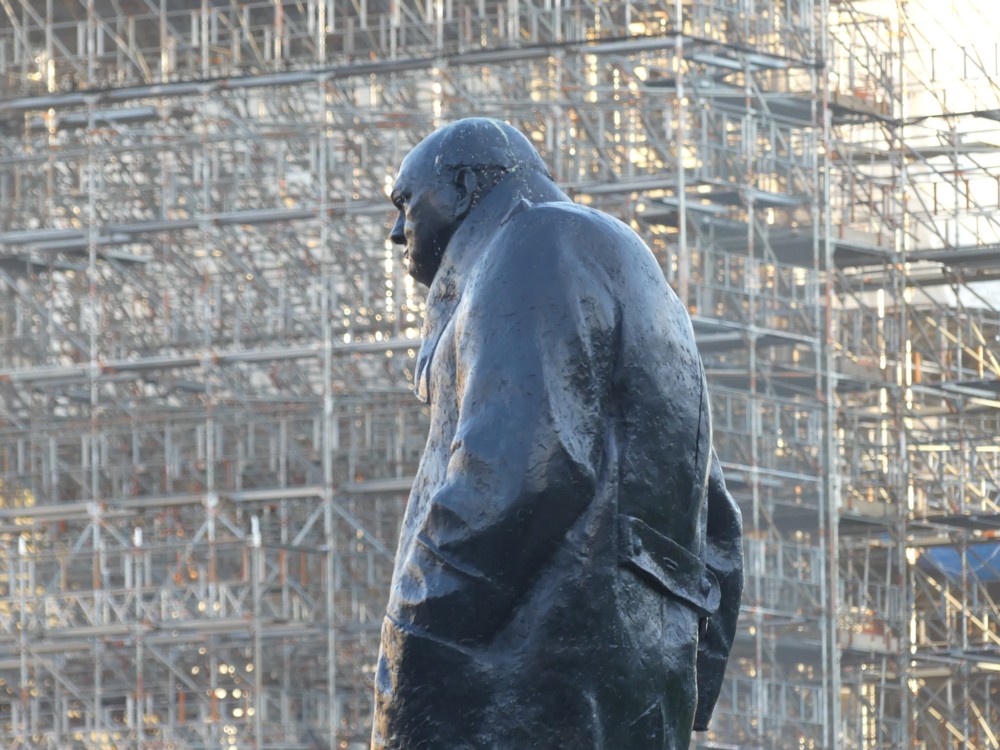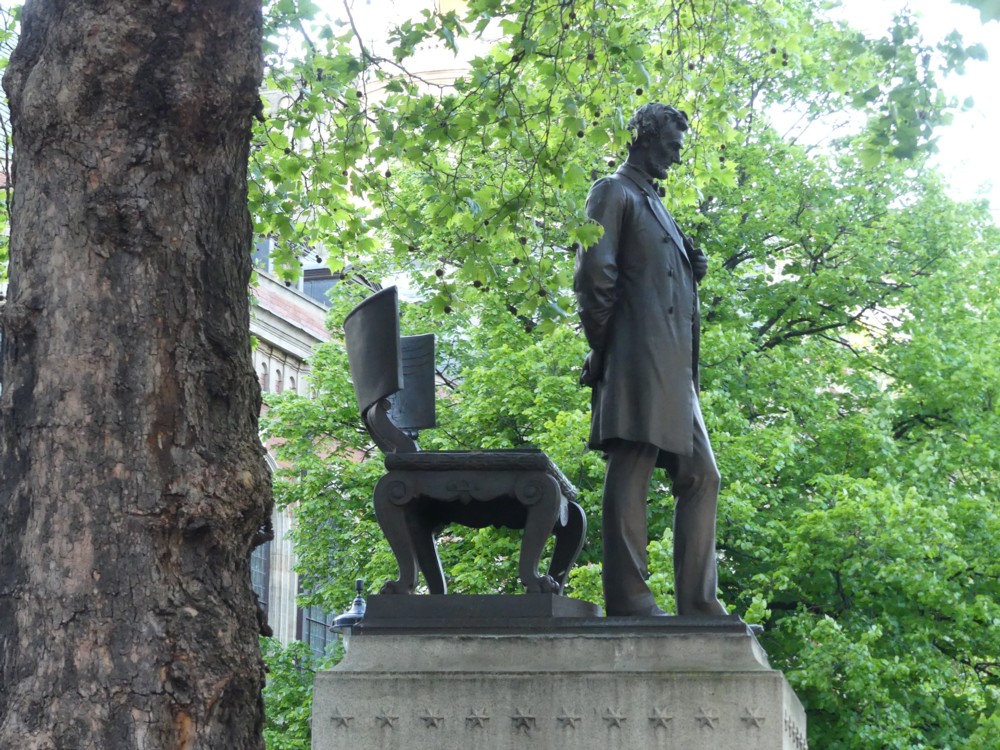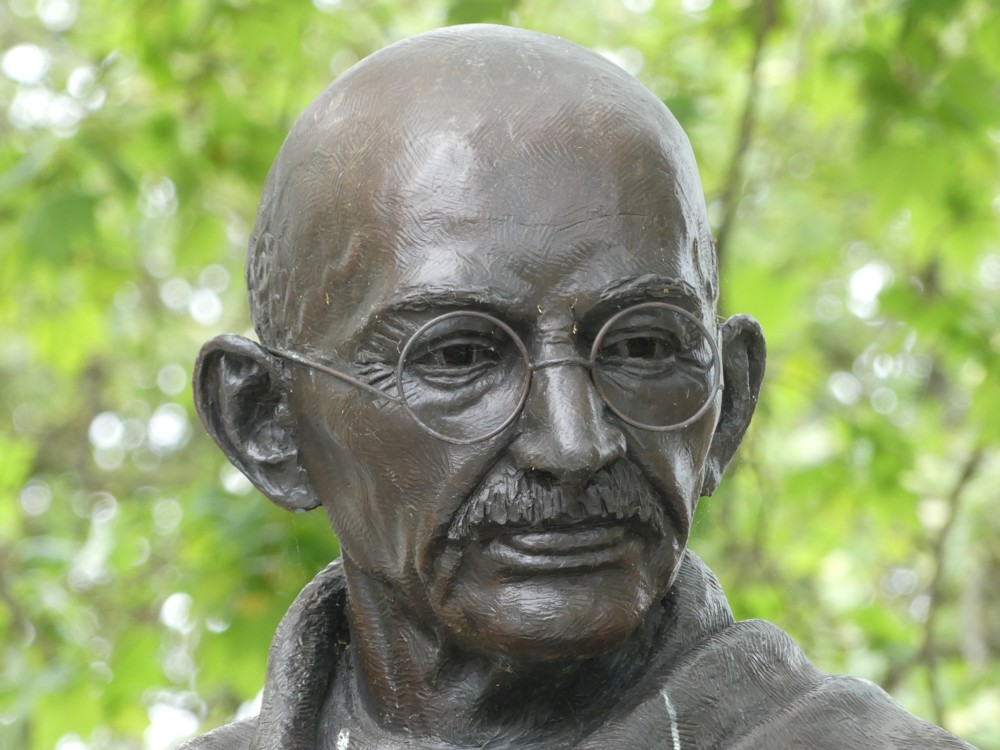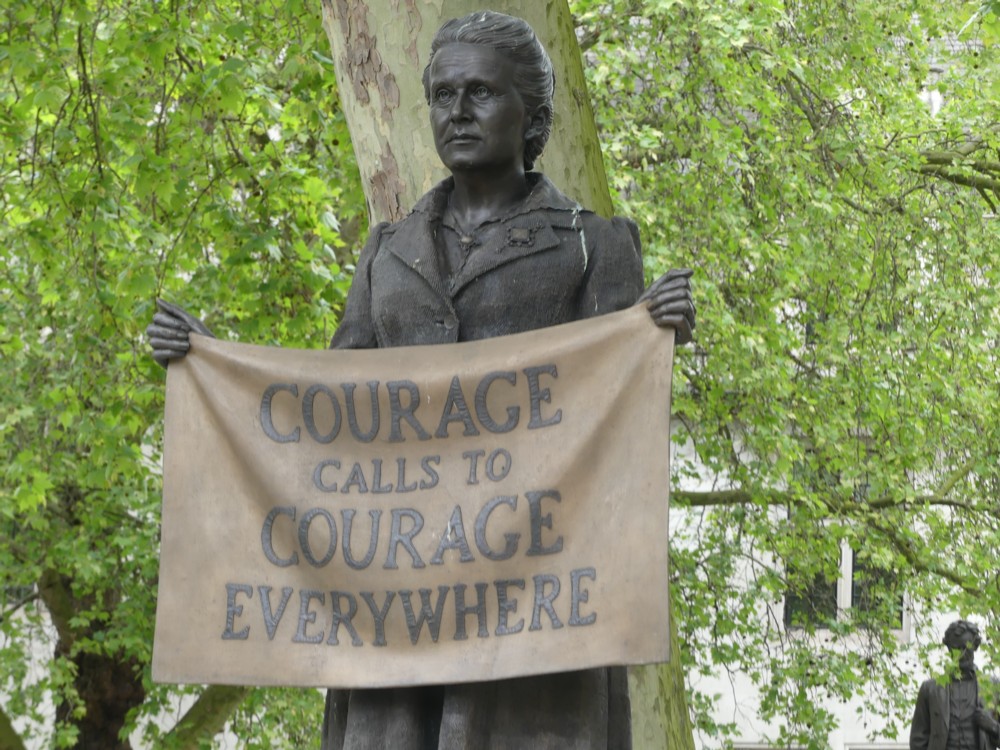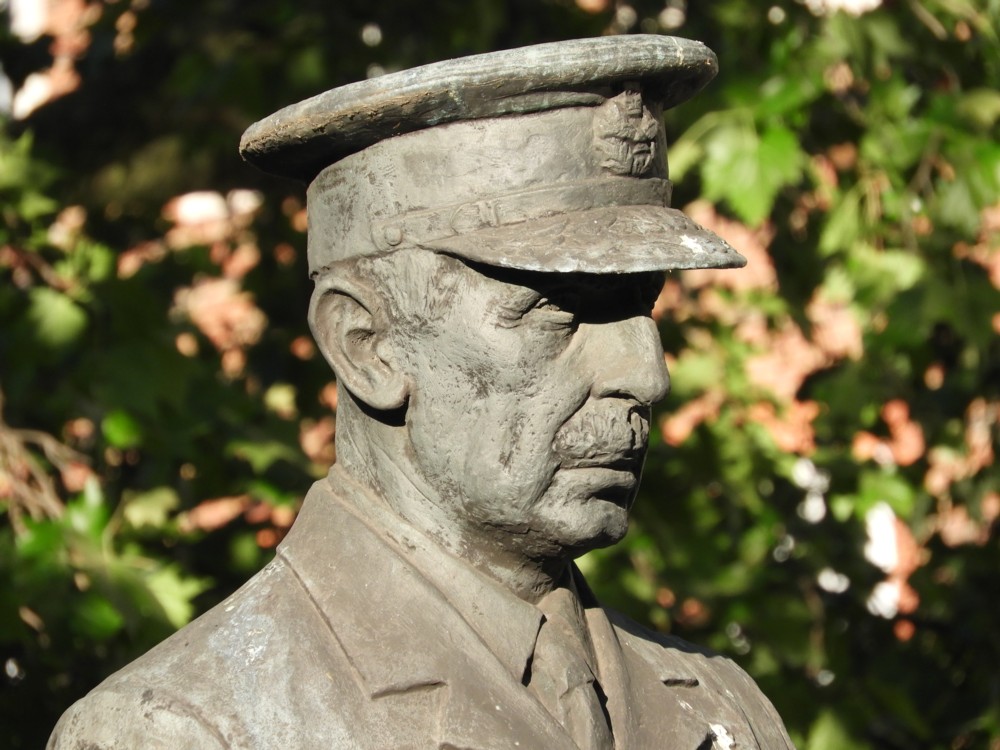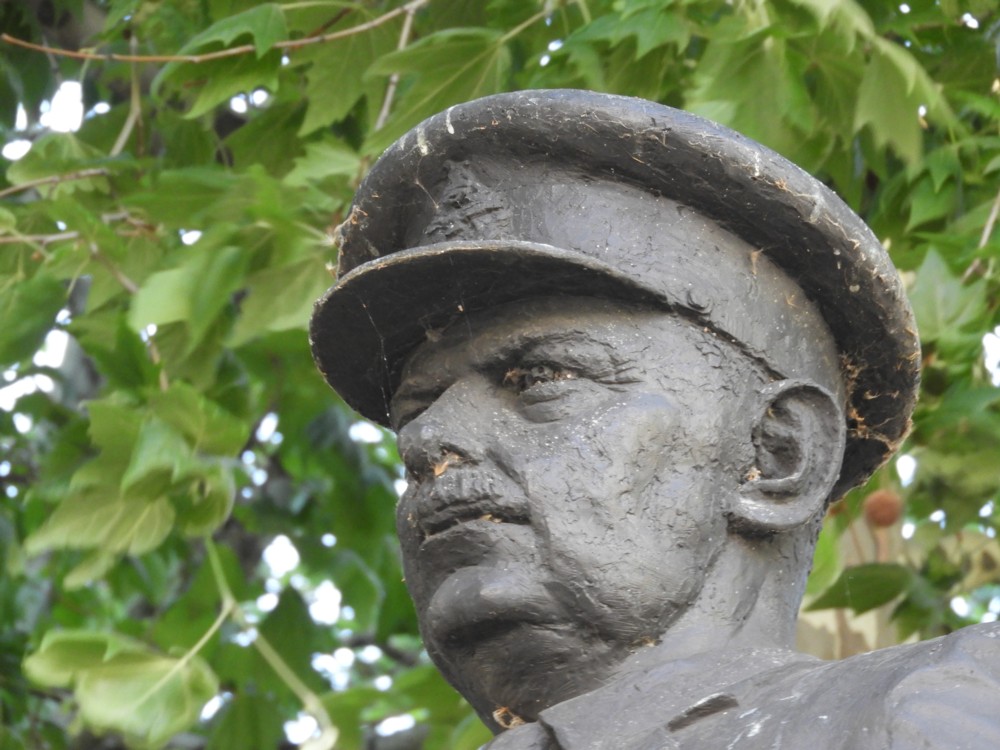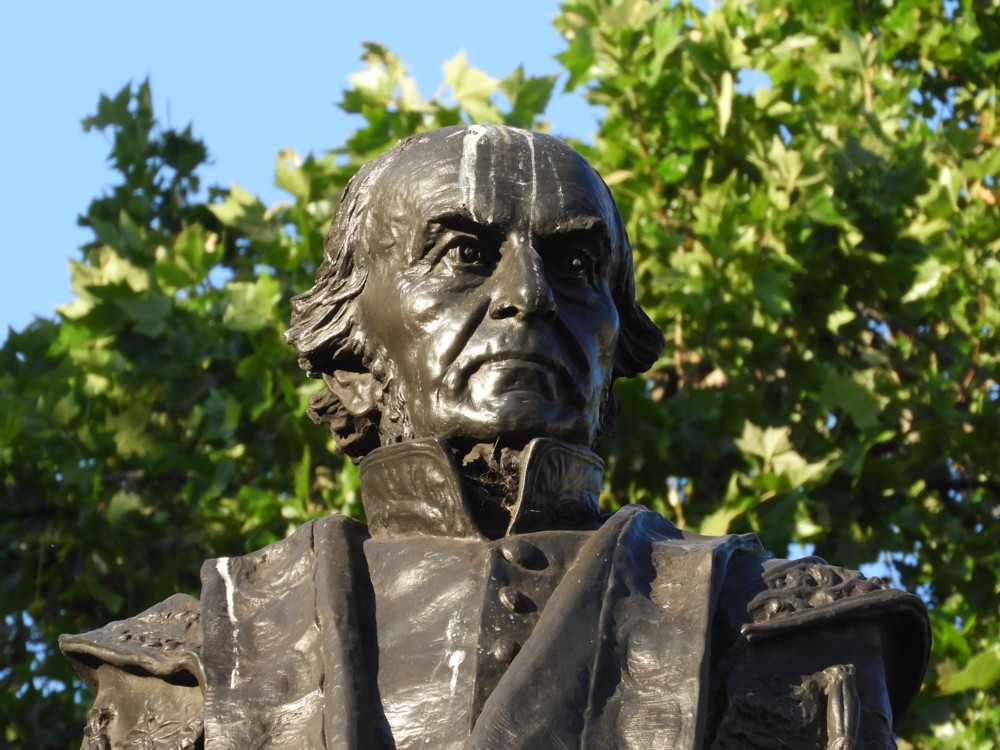I just googled 3d printed architecture models, and at the time I did this (It may be slightly different for you now), this is what I got, these being the first few images:
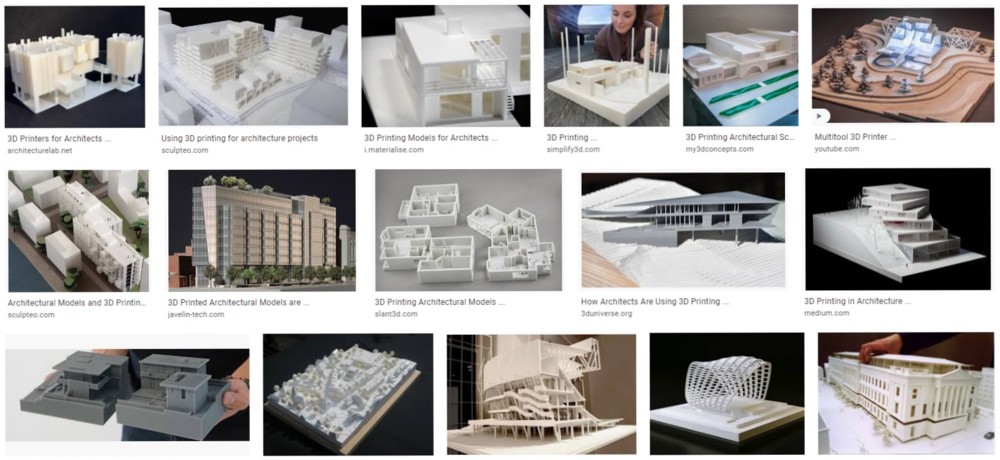
I was following my own advice in this earlier posting, trying to encourage Google to tell me about … 3d printed architecture models.
But here’s my point now. Notice how the colours are all monochrome white or monochrome beige or grey, and the like. There is no colour, and in particular no colour variety. I’m guessing that this partly reflects the relative ease with which 3D printing can do shape, compared the difficulty it has doing lots of different colours. And partly, it reflects the fascination with shape and indifference to colour of the dominant Orthodox Modernism vernacular of our time.
Basically, if you want colour, you have to imagine it, just as you have to imagine shape when you look at drawings. Note, however, that drawings, including especially the kind of fake-photos (same link as the one above) of the sort I talked about yesterday, can do colour pretty well.
Furthermore, I would guess that old-school hand-made architectural models might actually be better at doing colour. You just chop and change the materials, and maybe add little colour print-outs to surfaces. Not easy, but easier than 3D printing can do colour, that being a whole step-up technologically.
If you define high colour architecture as the New Thing, and monochrome architecture as Orthodoxy, then the 3D printing of architectural models is a force for architectural conservatism, more so than older methods for describing yet-to-be-built buildings.
You might think that a good thing. Different posting, different argument. I’m talking in this posting about what is happening, not about what I think should happen.
Note also that if the clever people now developing 3D printing for architectural models were to make it easy to include quite accurate and quite detailed colour variety, then that could make a huge difference when it comes to making high colour architecture for real.

